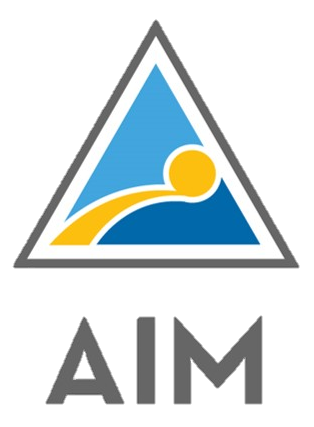I get this question a lot from our Train-The-Trainer graduates actually. Usually, it comes from those who are already relatively active doing training, especially those who are doing freelance training.
To answer the question, “Should one set up their own Training Provider (TP) company or not?”
Well, there is actually no straight answer.
Just because you are doing well as a freelance trainer, it doesn’t necessarily mean that you are ready to have your own TP set up – the skills set needed are very different. In fact, there is no rule out there that says the natural growth progression for a freelance trainer is to become a TP.
Although I won’t deny the fact that most trainers are good at organising their own training sessions, there’s a lot more going on behind the scenes that the typical freelance trainers may not be aware of.
Here are some of the more major abilities one might want to consider having before shifting gears to become a full fledge TP company:
- Establishing the Company
- Sales & Marketing
- Business Operations
- Quality Assurance
- Financial Management
These are what I consider to be the top 5 major activities that being a TP requires one to do besides just organising and delivering a training programme.
Establishing the Company
In Malaysia currently, there are at least 6500 HRD Corp registered TPs in the market. This doesn’t count the TPs that are active in other training market like student trainings, entrepreneur trainings, and government trainings. So just to stand out from the existing crowd is a feat on its own.
To build confidence to your potential clients, you may want to consider what will make your company be at par at least with their current providers. From the status of your company (Sendirian Berhad, LLP or sole proprietor), facilities that you have (do you want to have a training room? – you will need to apply the appropriate licences from the right local authorities for this – from signages, to fire escapes, to security, maintenance, etc.)
Nowadays you would also need to have online presence – website, blog, social media, etc. – all these require energy and attention to stay relevant with the current demands of needing information fast and accessible.
Sales & Marketing
Being a trainer is a type of job that is time-bound. This basically means that if a trainer is training 8 hours a day, that means he or she is already fully occupied and can only do that for the day. So, if you choose to set up your own TP, make sure the sales and marketing efforts doesn’t solely fall on the shoulder of the trainer alone.
It is advisable to have a designated person to look into the company’s sales and marketing efforts – for this, you will need to have a person who does more than the typical administrative work. Logically, this would require more resources on your side to ensure that they are being paid and compensated well. Not to mentioned, they must also be capable enough to represent the company and knows the product (and understands the importance of training) properly to be able to market and close the sales when needed to.
Business Operations
In line with what was mentioned above, when the trainer is out training, the business must continue to operate. Calls must be answered, e-mails must be replied, quotations must be sent out, invoice must be issued, payments are to be collected and vendors must be paid on time. The office (and training room, if you choose to have one), must be upkept and maintained.
For this you may need to invest in having a proper (not necessarily expensive) systems in place. Infrastructures and equipment must be made available for your staff or partner to produce the desired work quality. A conducive work environment added with a well-planned and organised way of doing things becomes basic necessity for any business – including being a TP.
Quality Assurance
If you want to have a “long life” in the training industry, you need to ensure that your quality remains if not improve over time. This requires your attention too because what happens in the training room reflects how you do things before and after the programme.
Having a nice quality charter to stick on the wall is not enough, you will need to foster the mindset within the team to always seek improvements in how they do things – which will be easier if you have good day to day business practices.
You don’t have to do it right the first time and every time – it’s more important to be able to sustain the quality over time. So, continual improvements are definitely the way to go here.
Financial Management
At the end of the day, money matters. The revenue from the business model of a freelance trainer is quite straight forward – whatever fee you earn is yours to keep. But as a TP, you will need to manage it differently. As a company, the training fee that you get is not all yours. You will need to consider your overheads and expenses, your working capital, your future investments, and reserves for a rainy day.
Apart from that, as a TP, most of the time you will need to pay certain things in advance – training venue, training materials, vendors, etc. This requires you to be financially strong and have a good cashflow to do the business.
Although financial assistance may be available at your disposal as a company, remember that whatever you borrow is not entirely yours and you are only taking away your future profits.
This sharing is not meant to scare freelance trainers out of choosing to upgrade themselves as a TP, but more of a list of the things I wish I knew, or I wish someone had told me before. The list is not exhaustive, and there may be other items that will pop up based on your chosen business model and target market. So, think through and do strategize properly before making any rushed decisions
All the best and together, let’s #MakeTrainingAccessible
Ahmad Fauzan Othman
Access Ideas Malaysia
Join our HRD Corp Train-The-Trainer Certification Course by registering here:


Leave a Reply